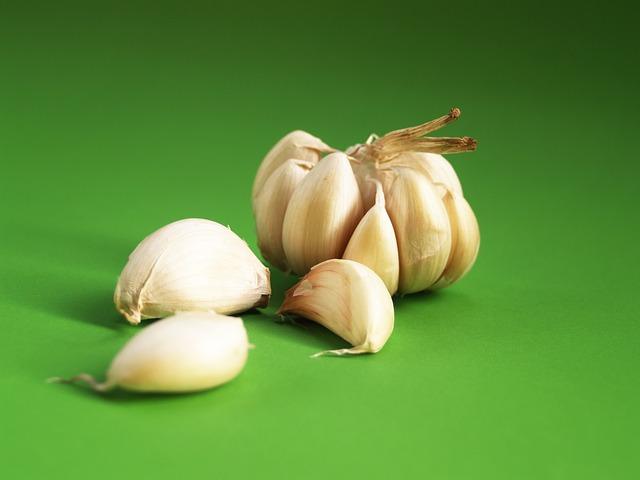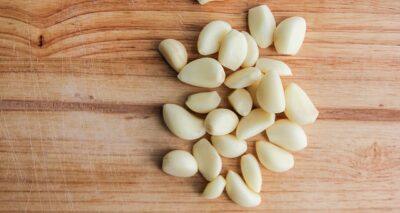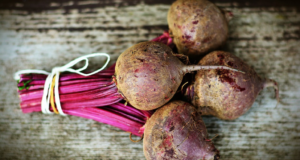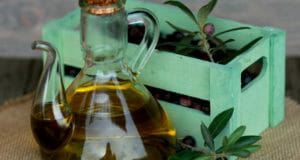If you’re trying to take advantage of all garlic has to offer, you have to eat it raw.
Garlic contains a property called alliin, which turns into something called allicin once it’s been crushed and exposed to air. Allicin is responsible for all of garlic’s amazing features and its distinctive smell. However, allicin has a very short life span. It is most potent 10 minutes after a clove has been crushed and almost completely gone after 30 minutes. Even though it makes food taste wonderful, cooking destroys nearly all of the health benefits in a clove of garlic.
But even in its raw state, our bodies cannot digest and process all of garlic’s nutrients. However, lacto-fermented garlic far surpasses the nutritional value of fresh garlic. In other words, if we want to experience all of the health benefits in a clove of garlic, we can maximize it through consuming fermented garlic.
The antioxidant activity of fermented garlic is much higher than that of fresh. The fermentation process also produces high levels of hydrogen peroxide. Hydrogen peroxide, something our bodies produce naturally, eliminates harmful bacteria, viruses and fungi. As a result, fermented garlic is one of nature’s most powerful antibiotics. Plus, because of the fermentation, it also contains good probiotics. Fermented garlic really is a superfood!
Fast, All-Natural Pain Relief With No Nasty Side Effects!
So how do you make fermented garlic? Let’s take a look:
1. Peel enough cloves of garlic to fill a one-quart jar about three-quarters of the way full. This typically takes 9 to 12 heads of garlic.
2. Add 1 to 2 tablespoons of sea salt.
3. Fill the jar with filtered water, leaving one inch of space at the top of the jar.
4. Cover with an air-tight lid. Let it sit on a countertop at approximately 75 degrees Fahrenheit, out of direct sunlight, for at least 10 days. For best results, let it culture for up to 6 weeks. Don’t open the jar until you’re ready for it to be done. When you open the jar it should smell fresh and garlicky!
As the garlic ferments it will bubble and expand, filling the extra space at the top of the jar. After a day or two, sometimes it is necessary to “burp” the jar. Don’t remove the lid; just loosen it a little, let some of the pressure out and tighten it again. This usually only needs to be done once.
Most people enjoy eating the cloves of garlic whole, as the taste of fermented garlic is salty and milder than fresh garlic. Alternatively, you can substitute fermented garlic in recipes that call for fresh, such as hummus, salsa, guacamole and homemade salad dressings.
If you really are struggling with the idea of eating a clove of garlic, you can crush a clove of garlic shove it into an empty gelatin capsule and swallow it quickly before the capsule starts to dissolve.
If some of your cloves turn purple, blue or green, don’t fret, it’s natural. The sulfur compounds in the garlic can react with the copper that is found in most drinking water. These cloves of garlic are still safe to consume.
Do not consume if you notice mold growing or if it has an aroma other than the wonderful smell of garlic.
A jar of fermented garlic should last for up to one year once it’s placed in the refrigerator and if it does not become contaminated. Always use a clean utensil when removing garlic from the brine.
*This article is for informational purposes only and is not intended to diagnose or cure any particular health condition. Please consult with a qualified health professional first about this method.
Have you ever made fermented garlic? Share any tips or questions in the section below:
Harness The Power Of Nature’s Most Remarkable Healer: Vinegar
 Off The Grid News Better Ideas For Off The Grid Living
Off The Grid News Better Ideas For Off The Grid Living





